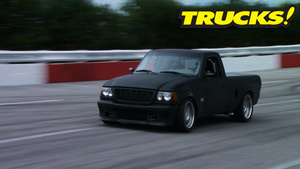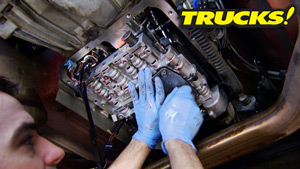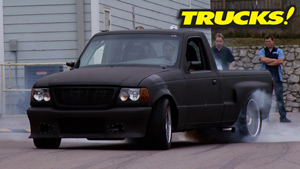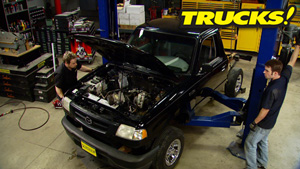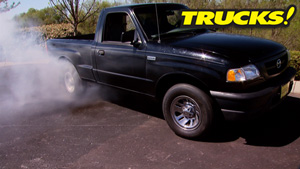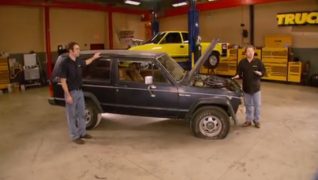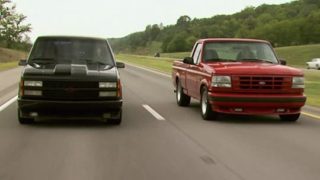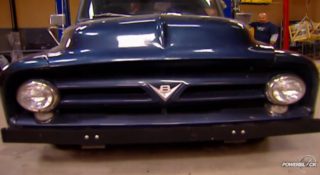
Towing Test & Rolling Thunder Part 6
We're doing a test for towing improvements using a tuner and we're picking out a new ride height for Project Rolling Thunder.
Season 12
Episode 10
Hosts: Kevin Tetz, Ryan Shand
First Air Date: August 7, 2010
Duration: 18 minutes 8 seconds


